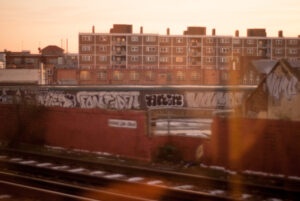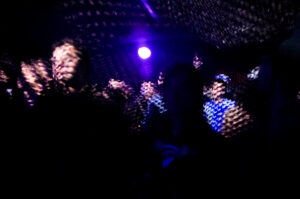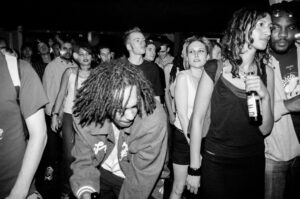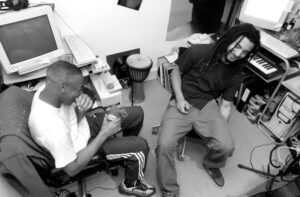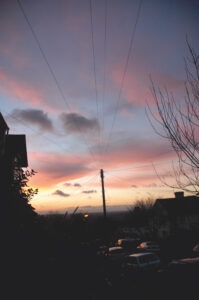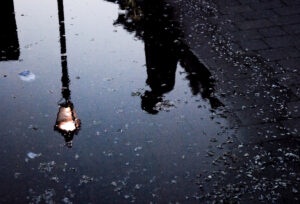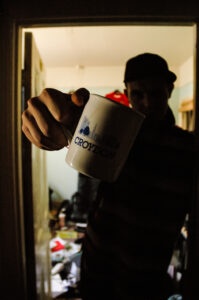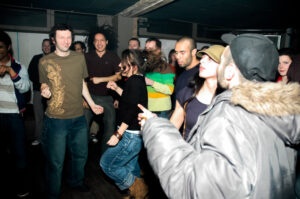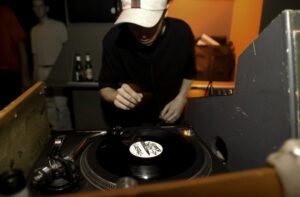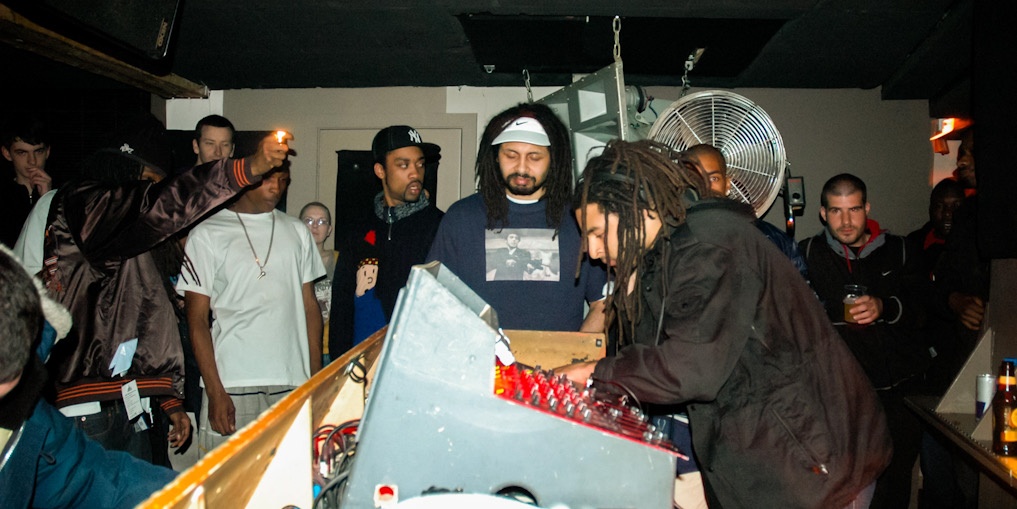
GEORGINA COOK
DRUMZ OF THE SOUTH: THE DUBSTEP YEARS (2004-2007)
“17 years, one blog and a whole load of photos later and I'm making a photo-book of what ended up being a *life-changing* journey with the early Dubstep scene” These were the introduction words to a Kickstarter launched by Georgina Cook in late 2021 to fund the publishing Drumz Of The South: The Dubstep Years (2004-2007). The Kickstarter surpassed its goal within a week and Croydon locals along with dubstep fans have been waiting eagerly ever since. The book is printed and reaching hands this week and will be welcomed with a launch party at the Museum of Youth Culture this Thursday (10th).
We spoke to Georgina about the dubstep years, having a unique perspective as always close to the heart of the scene but also as an observer with her camera building the visual identity that would become known globally. Speaking about being part of a world both physical and virtual, watching a community spread from your local market street to cities around the world. "I was able to go pretty much anywhere in the world where there was a dubstep night and have a friend. And it'd be someone that I'd never met before. But I'd spoken to so much online that they felt like a friend."
Interview and text by Esta Maffrett | 08.02.2022
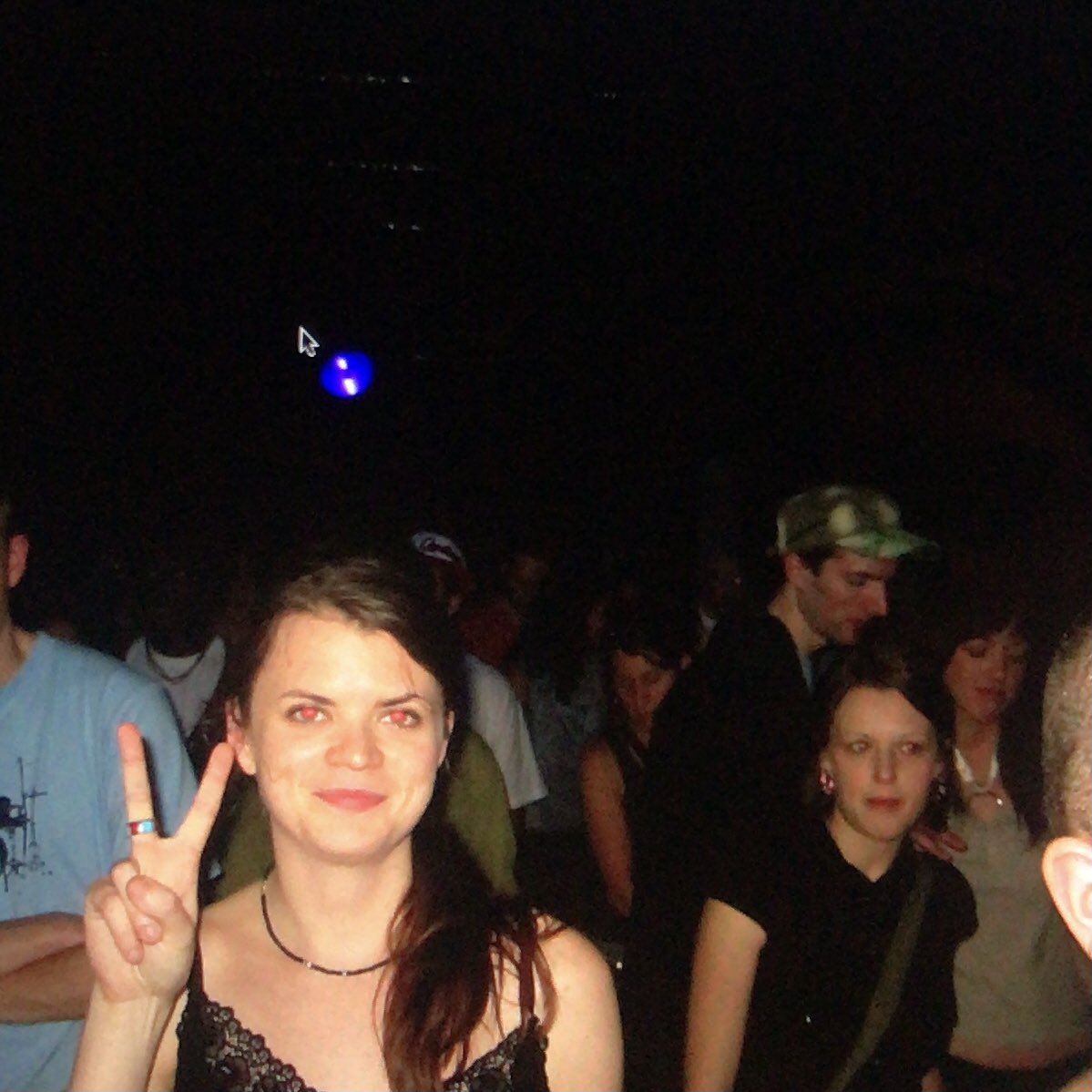
Photo Credit DJ Distinction
What was your photography experience before the dubstep years? And how did finding the music define your practice?
I have been taking pictures since I was really young, I was very encouraged by my parents to be creative so I was always annoying my friends at school with cameras, taking pictures all the time. Then I met my friend Zak who was in a punk band that I started following around taking pictures, making zines about their band. I was doing that for quite a while and I got work experience at a local newspaper which turned into a full time job. I was always kind of volunteering to cover local music events, Brixton Academy was a main stomping ground, and basically anything that was going on in South London really. (Dubstep) kind of became the thing that I did, a self initiated role that I took on to photograph the scene. And it’s funny because now when I want to do photography I plant it out, plan what I’m gonna do and for how long, where it’s gonna end up, who might see it, who I want to see it, what the point is. But I didn’t think about any of that at the time, I just went and did it. It has become the thing that I think has made people recognise me as a music photographer.
Drumz Of The South began as a newsletter. Who were you making it for and how did you go about distributing it?
I was making it for the people that were making the music and involved in the music. DJs, MCs, producers and then for people that were interested in that sound, UK hip hop as well was in there. It wasn't just dubstep, I was talking a lot about drum & bass and labels like Inperspective that were really active at the time in South London and still are now.They’re an amazing label. So I was making it for those people, a lot of whom were my friends, so I would jump in my car and take it to people's houses to hand deliver it. I vividly remember this one time, this is a story that I like to tell because it's quite a funny one. There was a record shop in Croydon called Big Apple, it was like the main stockist of dubstep and really was a hub for the early dubstep community. They had their own label and they were so important. The shop was based in Surrey Street market in Croydon which is a really ancient cobbled street. If you know me you know I wear trainers and I like being comfortable but at that time I was really obsessed with Lauryn Hill’s 70s look and her wooden platforms. I did obviously turn up at Big Apple wearing massively wooden heels, navigating these cobblestones. It was ridiculous, they were so high on wooden platforms and I'm tripping over every couple of minutes with these like newsletters in my hand, you know, amongst all these market traders selling fruit and veg and stuff.
When did you decide that it needed to move online and become a blog?
I didn't think it needed to go online until blogs came along and then it was like a no brainer really. I probably would have carried on laboriously making these newsletters and not doing a great job of getting them out to people if blogging wasn't around but I doubt it would have been sustainable and long lasting if I had kept it up that way. Blogging was amazing. I've always really loved writing and journaling. When I was a kid growing up I always had cringy diaries on the go. So blogging was just great for me, perfect, such a great platform. And it also echoed the way the rest of technology was going with web 2.0 which was forums and instant messenger, Flickr and stuff like that which all allowed us to communicate really easily and quickly.
What was the impact of dubstep being one of those first online shared music scenes and having the digital world to accompany the musics growth and evolution?
Yeah, I think dubstep always had one foot in analogue and one foot in digital. Or maybe one foot offline one foot online. It allowed people to share the music and discuss the music and find like minded people in a way that analogue didn't. I mean analogue was able to do that as well through just meeting people in real life and you can call up the rave hotline and find the place, jump on a bus together or a coach or whatever. I mean these are things that I've only ever really heard about from the 90s raves and stuff. (With digital) it allowed the music to be shared more prolifically. Although not as quickly as stuff gets shared today, we didn't have smartphones. You would go home and all of your online communication would be at home, on your desktop computer. Once you left the house you were back in the real world again without all of that stuff. It was a really nice, beautiful balance of the two things. If we could somehow get back to something like that I think we would benefit from it.
"what are the signifiers? What are the things in photos that help you see the music? It's everything from what people are wearing to what they're drinking and what the clubs look like. All of those things give you little signs of what the music might sound like."
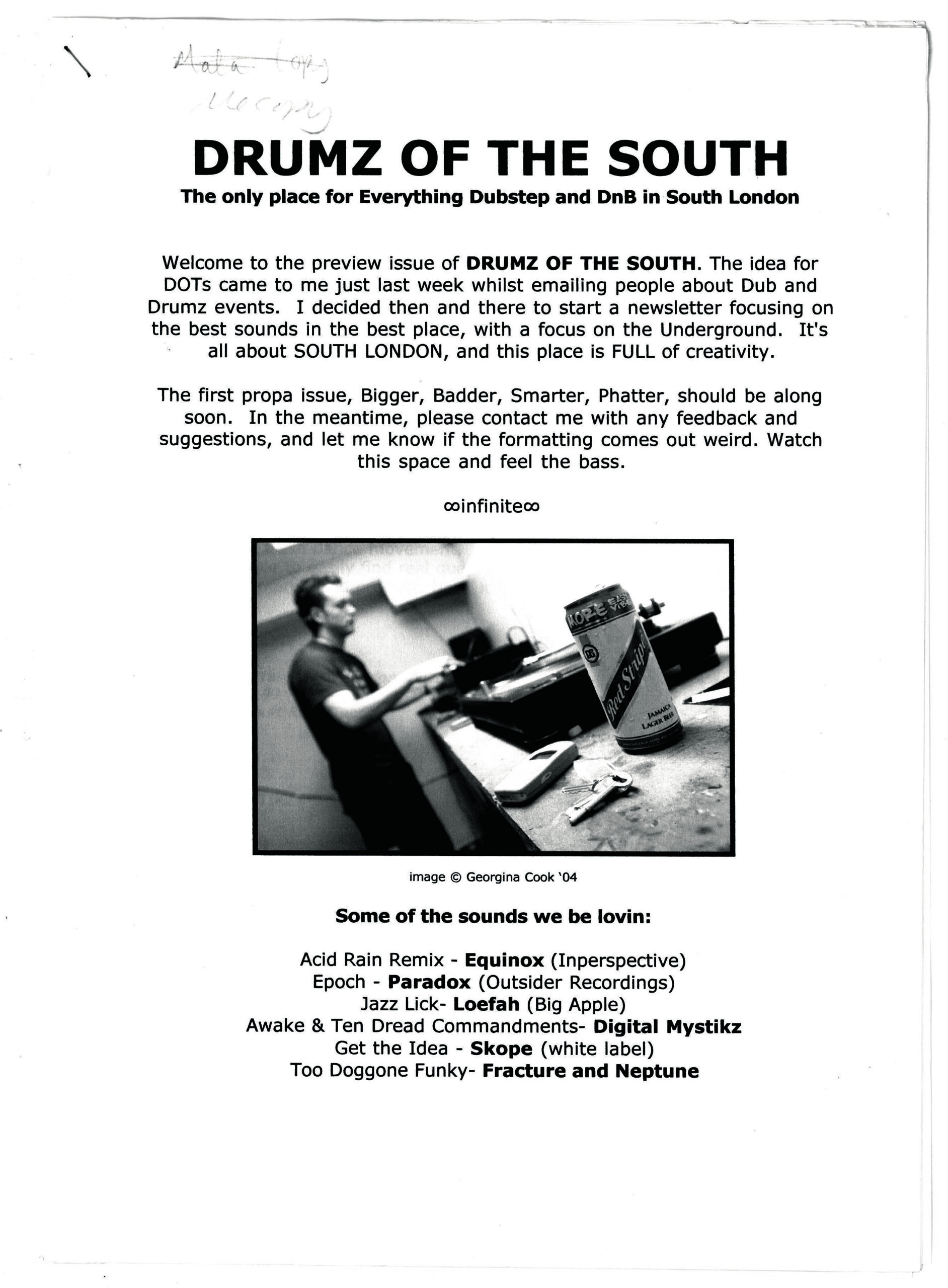
You were a deep part of the community that was happening in the analogue world. How did you relate to the community online at the same time?
As much as I was just talking about balance I really like online. I love the internet. Being able to talk to those people from your home, all around the world is amazing. I used to really make the most of all of that. My workflow would almost be; go to a rave, say DMZ for example, that would finish at seven o'clock in the morning in Brixton. Get on the bus back home, or drive back home. Having taken photos, get in and hang out with my nephew for a bit because you know he's waking up at that time. And then go upstairs to my room and download all my photos, edit them, upload them to Flickr, write a blog post, link my photos to the blog post, and then link that whole blog post to Dubstep Forum. And then go to sleep and wake up and read all the comments. That was my general workflow. So I was definitely part of it. I was able to go pretty much anywhere in the world where there was a dubstep night and have a friend. And it'd be someone that I'd never met before. But I'd spoken to so much online that they felt like a friend. I turned up in New York and there was somewhere to stay. And it worked the other way around as well.
On your kickstarter there’s a quote from Martyn: "In my mentoring program we did sessions about scene and community and I mentioned how most scenes need to be documented in order to obtain some sort of legitimacy and how important work by you, Blackdown, Dan Hancox, Shaun Bloodworth, Give Up Art was to propel the Skream's and Mala's onto the global electronic music scene. [It's] the writers and the photographers and the designers that visualise the movement." How do you think the visual identity you were giving to the scene for those outside it to see was helping to give it some legitimacy in the mainstream?
Personally, I think they're legitimate anyway without documenting them. But I think maybe the meaning for me in that quote is they gain recognition that they might not have otherwise gained from the overground and mainstream (because) it gives an added value. Everyone in the scene already values it massively but people outside might not understand it or think that it’s worth recognising or acknowledging. I think all of the visual cultures around these music scenes are super important. I used to get really nice messages from these people on the forums and people who used to read my blog from maybe Brazil and places like that where they didn't have any events. They were trying to get stuff started and they listened to the music online but they had no big scene in these places. They said that my photos helped them to see the music which is amazing because you think music is invisible. It’s something you hear and feel but you don’t see it you know? Visualising music is something that I want to explore and do research around one day. I often talk about it when I talk to students, like what are the signifiers? What are the things in photos that help you see the music? It's everything from what people are wearing to what they're drinking and what the clubs look like. All of those things give you little signs of what the music might sound like. Today so many events are sponsored by alcohol companies. The first time my partner looked at my book he was like “do you realise it's one big advertisement for Red Stripe?” It didn’t even occur to me because it was just part of it, it was so normal to be drinking Red Stripe.
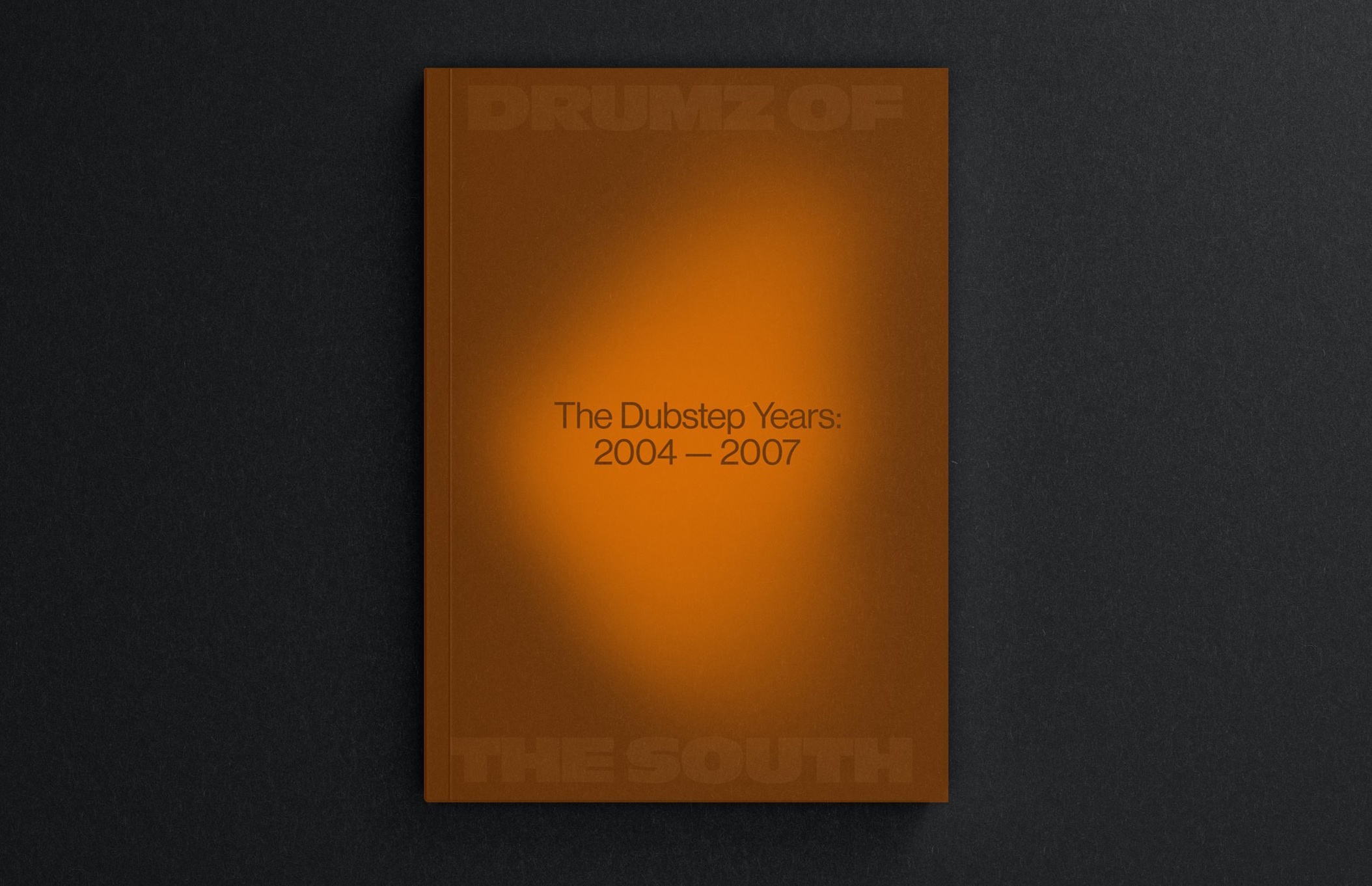
If you could put one object into the museum of youth culture what would it be and why?
it would be a dubplate. I would put a dubplate into the museum because they're so amazing. It's such an incredible object. They're basically like records that are made of acetate and they have one tune pressed onto them so the disc only lasts for a certain amount of plays. It’s a part of sound system culture. A producer would get a tune pressed onto a plate and they would give it to their favourite DJ and only that DJ would have it. By the time that got to dubstep it would be that the artist might give their dubplate to three or four DJs to play, still an exclusive thing. Or it might be that they would do a special version for their favourite DJ. I just think they’re such amazing beautiful analogue objects. Because of the way that our society is going and getting so digital there might be a day when they don’t exist anymore. But as long as there is sound system culture there will always be dubplates I think.
Drumz Of The South is available to purchase online for £35 here.
You can also follow Georgina and the project on Instagram @drumzofthesouth

